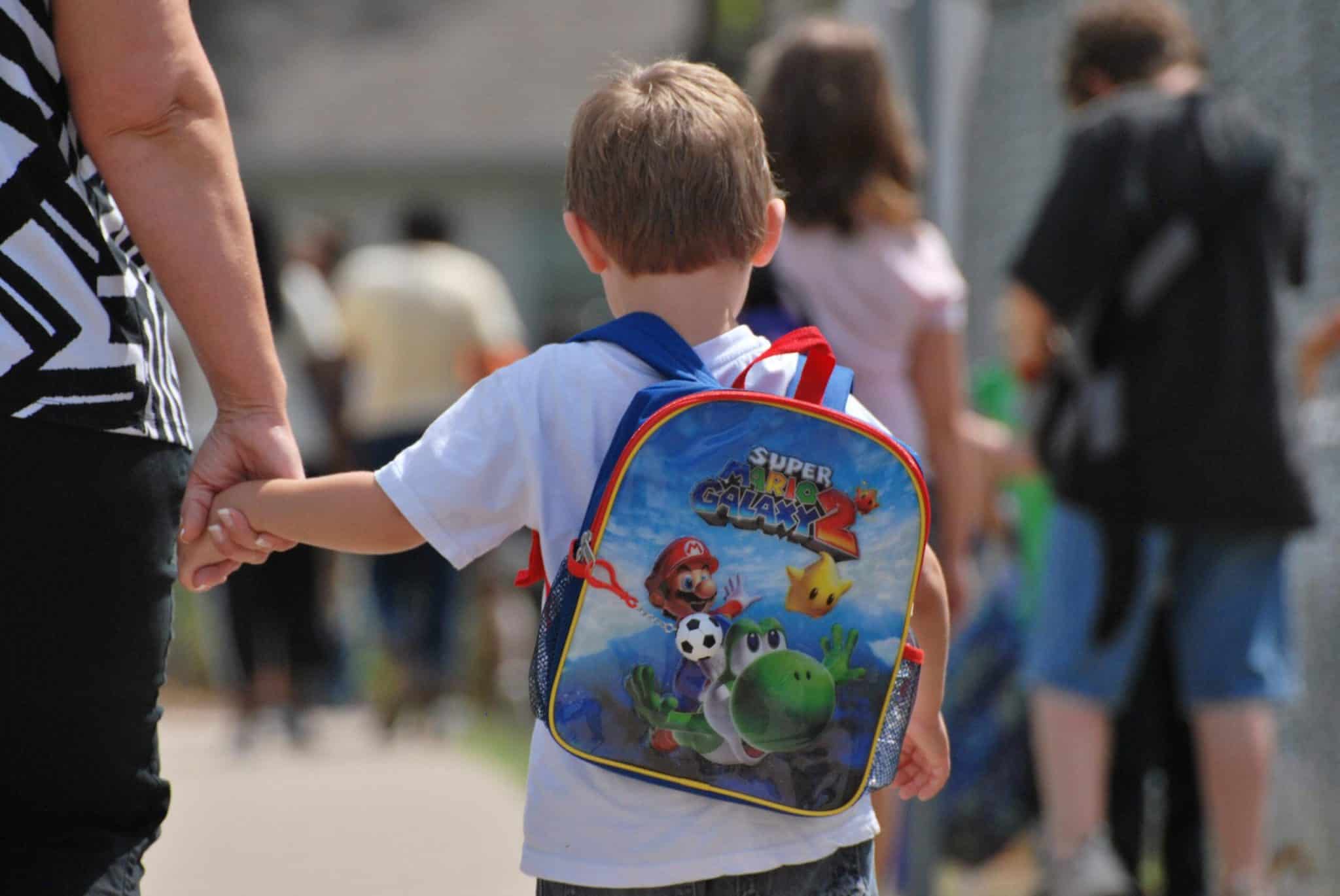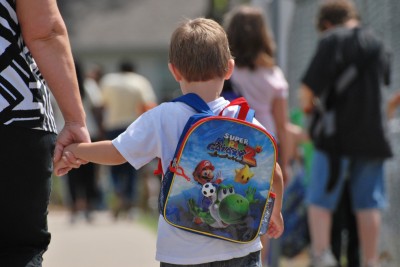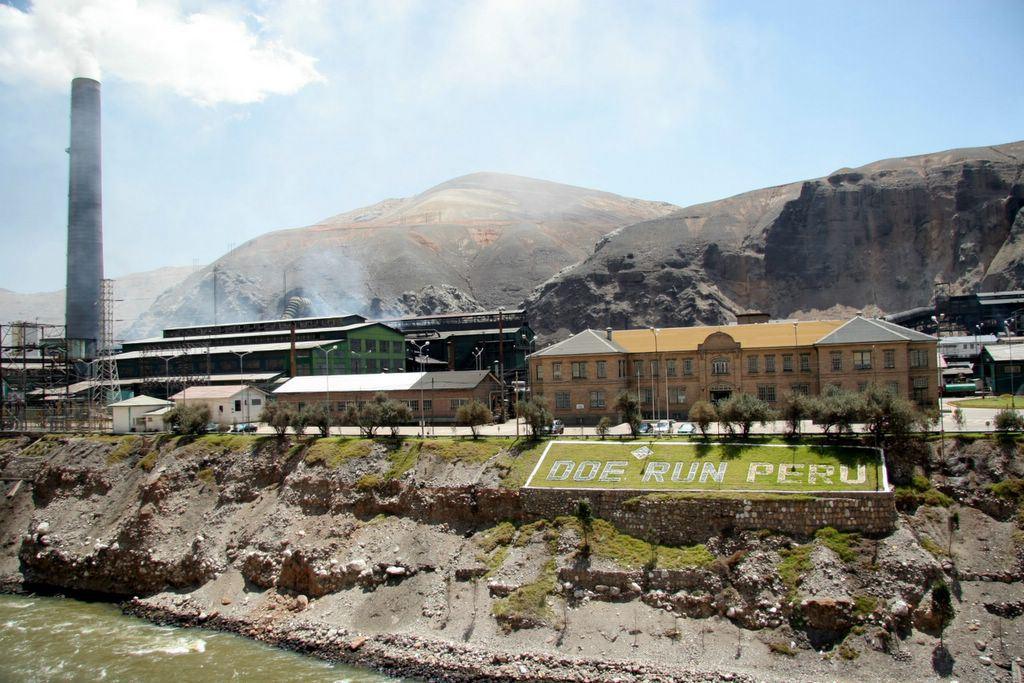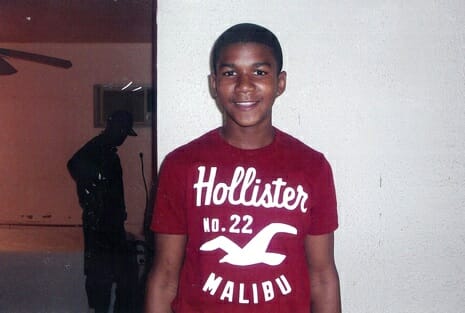Disasters and crisis situations, by nature, have a habit of occurring at the most inconvenient times. For parents, this means that the kids may very well be at school or elsewhere when the world turns upside down. For those of us in the Missouri Ozarks, the Joplin Tornado is a very fresh memory. If an event of this magnitude were to occur during school hours, you could be separated from your children for some time, leaving them in the care of school and other officials until you can get to them.
It is a simple truth that all the preps in the world are of no use sitting at home if you can’t get to them. For that reason many preppers have a small assortment of EDC (every day carry) gear on their person at all times and a get-home bag stashed in the car.
It only makes sense that we make sure our kids are similarly equipped when they are away from us. Schools, however, frown on some of the items that we might see as essential in a survival situation, so we may have to make some compromises when packing out our kid’s gear. Space and weight are also considerations, as book bags are full enough these days without the added weight of survival gear. Operational security should be a consideration; you don’t want your children being labeled “crazy preppers” and singled out for the scrutiny of the school psychologist or the ridicule of classmates. But you do want them to be ready and able to handle a crisis situation should it arise.
So, the trick is to provide kids with a kit that covers as many of their basic needs as possible, is light, compact and unobtrusive, and contains no items that could be classified as dangerous or weapons. This may seem like a tall order, but with a bit of thought it can be accomplished.
The pack for anybody who wants to be fully prepared for an unexpected emergency
What are the basic needs that should be addressed? As always, shelter, water, and food top the list. A few tools and some first aid supplies should also be included, but remember that space is of a premium.
Getting started
Step one in the area of shelter is to make sure your kids are dressed in, or have with them, clothing that is appropriate for the season. I don’t mean appropriate for a heated bus or air conditioned classroom, I mean appropriate for outdoors. I can’t count the number of times my wife or I have had to call the kids back for a warmer jacket, against the protests that, “We’re only going to be inside!” Remember that clothing is the foundation of emergency shelter. You should always be sure that they have good walking shoes available as well, either on their feet or at the very least in their locker. A good pair of shoes could become the best form of transportation. Even though inside is the plan, plans can change rapidly and without notice.
In terms of gear, shelter can be at least minimally addressed with a couple of “emergency” ponchos, a couple of space blankets, and some paracord. These ponchos are available in the Walmart camping supply section, and they come in pocket sized packaging. They work well for their intended purpose and with a bit of paracord and some ingenuity can be used as an improvised shelter. Space blankets also come in a pocket size package, and are indispensable for keeping body heat. Space blankets can also be used for improvised shelters in addition to their normal purpose. I recommend two of each at the bottom of the book bag.
To meet their water needs, your kids should always have a water bottle or two with them. They should also have a compact water purifying straw handy. I don’t recommend purifying tablets; they are too pill-like and could cause trouble with school officials. A canteen or sierra cup can be used to boil water.
Don’t forget food
Food is a tough issue, because of the space it can occupy. I recommend that any bug-out or get-home bag have a minimum of 4-6,000 calories worth of food in it. There are a lot of options, but I think that the life raft type survival rations are about the most compact way to store and carry calories. Energy or protein bars, trail mix, packets of instant soup or oatmeal, or a small jar of peanut butter are all good options or augmentations. Remember ,though, you aren’t trying to pack a balanced diet but rather enough calories to fuel high activity for a couple of days, with a few comfort items thrown in for psychological benefit. I often get strange looks in the supermarket while reading labels, muttering to myself about not enough calories and fat!
For warmth, boiling water, and warming food, I am not willing to compromise my kids’ ability to build a fire should the need arise. I am not comfortable sending them to school with matches or lighters, again to avoid any potential problems with school officials. I have settled on a small fire steel and tinder to serve the purpose. I doubt that the school could take issue with this. Lately I have seen a few models of tactical pens which have a fire steel and striker built in. These might be a good option for school, but I would still send a back-up since pens (especially cool ones!) get lost.
For cooking and boiling water, my kids all have an Esbit stove in their pack. These fold to about the size of a pack of cards, and the fuel tablets store inside. Esbit stoves are readily available at surplus stores and on eBay. They are very functional and very cheap. Esbit fuel lights easily with a fire steel and can be used as stove fuel or to start fires.
New Relocation Manual Helps Average Americans Get Out Of Harms Way Before The Coming Crisis
Tools are where it gets really tricky for staying in compliance with school rules. When I was a kid, from middle school on, everyone had a pocket knife. Nowadays, carrying a knife to school could get your kid sent to Guantanamo, or put on a terrorist watch list for life. I have settled on the good old P38 can opener, a wire saw, and a credit card sized survival tool. The P38 is very compact and grants access to any canned foods which may become available. The wire saw is handy for shelter building, fire wood gathering, and many other light cutting chores. The survival tool has several functions including another saw, another can opener, a bottle opener, and a cutting edge that it would be very difficult to classify as a weapon. I have also added a CRKT Eat’n tool to the gear. This is basically a stainless steel Spork. I have toyed with the idea of adding multifunction scissors, which come apart to form a knife, but I am afraid that these would fall into the weapon category. EMT shears could be a good alternative, great for cutting paracord, among other things, and definitely not a weapon. Paracord is indispensable. It can be used to improvise shelter with ponchos or space blankets, to replace a broken shoe lace, or to jury-rig a broken pack strap. Paracord is only limited by imagination; it is the duct tape of string.
Summing it up
Finally, a small assortment of first aid supplies should be included in the kit. An assortment of Band-Aids, some antibiotic ointment, a few gauze pads and tape, and a small ace bandage should suffice. Steer clear of pills and medications, as these can cause problems at school.
To sum up, here is a packing list for a rudimentary yet comprehensive school friendly bug-out bag:
- Two emergency ponchos
- Two space blankets
- Paracord
- Water bottle (two is better, filter bottles are great)
- Water purifying straw
- Canteen cup or Sierra cup
- Fire steel
- Tinder (wet fire is awesome, Esbit fuel or dryer lint works)
- Esbit Stove with fuel
- Can opener (P38)
- Eating utensil (I like the CRKT Eat’n Tool)
- “Credit Card survival tool”
- Wire saw
- Small first aid kit
- 4-6000 calories in compact foods
- Camp Scissors or EMT shears (optional)
With this assortment, and a little bit of training, your kids can have what they need to see them through almost any crisis until you can get to them or they can get to you. Everything but the food fits nicely in a gallon size Ziploc bag, and will ride nicely at the bottom of a book bag. Nothing on the list should cause any conflict with school rules (with the possible exception of the scissors). I know that most professional educators care deeply about kids’ safety. While I don’t doubt that they would do their best in a crisis, I do doubt their state of preparedness. I want my children to have what they need when the chips are down, without having to rely on others.












